For years, scientists have been sounding the alarm because climate change is creating significant and disastrous consequences for the animal and plant world, which is struggling to adapt.
A study conducted by the Intergovernmental Panel on Climate Change (IPCC) concludes that various life forms are migrating north or into deeper waters in order to survive the change in their habitat.
There are animals that are forced to change their habits, such as nest-building birds that raise their young and migrate earlier due to the premature arrival of spring.
The report eloquently states: “The impacts of climate change are greater and more widespread on natural systems.
According to the report’s director, Peter Alpert, who is also director of the US National Science Foundation’s Biological Environment Program in Arlington, Virginia, current research suggests that the survivors of this shift will be species that are able to adapt and spread, such as weeds and insect pests, as well as cold-sensitive and invasive species such as the Burmese Python in Florida.
Peter Alpert says the big losers will be species that depend on a very specific diet and environment, especially those whose natural habitat will disappear entirely.
Like the koalas, whose survival depends mainly on eucalyptus, and the many animals and plants that live in remote mountains.
He also explains that we must “hope that they can adapt quickly to survive”. “In the past, species have gone through periods of mutation comparable to this, but those changes then had been much slower.”
The other two co-authors of the report, Bob Scholes and Hans-Otto Pörtner, work at the IPCC and were involved in the ecosystem chapters of the report. Bob Scholes and Hans-Otto Pörtner, together told National Geographic that the current human-caused climate change is happening faster than ever before.
Scientist Bob Scholes, an ecosystem specialist at the Council for Scientific and Industrial Research (CSIR) in Pretoria, South Africa, and scientist Hans-Otto Pörtner, an expert in animal physiology and marine biology at the Alfred Wegener Institute in Bremerhaven, Germany, have identified five species that are endangered due to climate change:
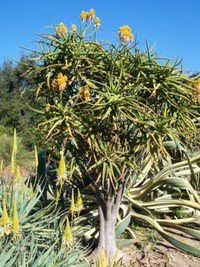 T
T
THE FALSE DRAGON TREE (ALOE DICHOTOMA).
In South Africa, we can find this fat plant is endemic (and emblematic). Scholes points out that in Chapter Four of the IPCC’s Fifth Report, it is stated that “for the first time, the degree of climate change may be as important to species survival as its magnitude, and that trees are the most vulnerable to rapid change.” It is a very studied species. It has been observed to be unable to grow and spread fast enough to cope with rapid climate change.
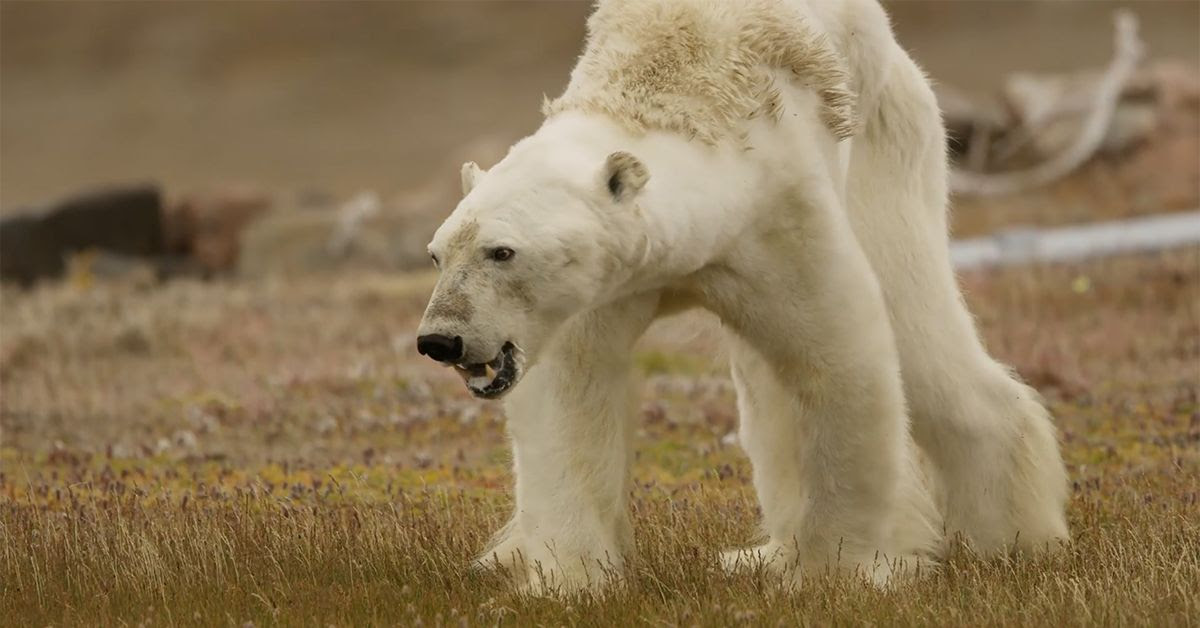
POLAR BEARS
For years, this animal has suffered from climate change and its future is unfortunately known. Unfortunately, the Arctic ice pack where the animal hunts disappears little by little during the summer. The ice pack is reformed later and later in the fall and melts earlier and earlier in the spring. According to the scientists, “as the Arctic ice pack shrinks, polar bears have to feed themselves differently, by going on land for example”. Some hungry bears have even eaten goose eggs. However, this is not the best compensation. Steven Amstrup, lead scientist for Polar Bears International, says, “There have been reports that polar bears may as well come ashore to feed on land-based foods, and thus dispense with the ice pack. But we have no evidence that they are capable of doing so.”

THE ADELIE PENGUIN
In the middle of Antarctica, the Adelie penguin lives by feeding mainly on a small crustacean: the krill. Krill live below the ice cap, where they shelter and feed on algae. As the Antarctic ice pack diminishes, the krill population suffers the same fate. The penguins are therefore forced to migrate further to find food, thus allocating more energy to this quest than to reproduction and the raising of their young.

NORTH ATLANTIC COD
We do find fish, of course, as overfishing has historically caused the numbers of these fish to drop. Their population usually rebounds, but this is not the case on the northeast coast of North America, where the population has not rebounded since its decline in the 1990s. Scientists state that “the entire ecosystem appears to be altered and likely due to altered ocean currents and the influx of cold Arctic waters.”
ACROPORA CERVICORNIS AND THE WORLD’S CORALS
The disappearance of the barrier reef would be a catastrophe for humanity, meanwhile, the reef-forming coral (Acropa Cervicornis) “is disappearing almost everywhere due to several factors,” including warm waters since corals are sensitive to changes in ocean temperature. The coral, ‘Acropora cervicornis for example, used to proliferate in the Caribbean Sea, while now it is confined to a few small areas, probably due to warming.
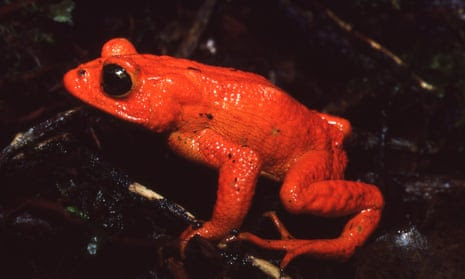
THE END OF THE SPECIES: THE GOLDEN TOAD (BUFO PERIGLENES)
The two scientists, Scholes and Pörtner, the species, Atelopus varius and the golden toad, both native to Central America, are among the few species that have not resisted climate change. The last time a golden toad was observed was in 1989. At that time, it lived in mountain rainforests, which have also succumbed to the ravages of climate change, including drought. Other factors include chytrids, a group of fungi responsible for the disappearance of amphibians around the world.ACTION NEEDED
The scientists, Scholes and Pörtner, believe that slowing the intensity of climate change “is vital for the future of many species.
Also, “in order to save many thousands of species, we must radically reduce greenhouse gas emissions, and we must do so soon.
Possible solutions to climate change include making vehicles, homes and buildings more energy efficient, as well as increasing wind and solar power, hydrogen produced from renewables and other alternative energy sources.


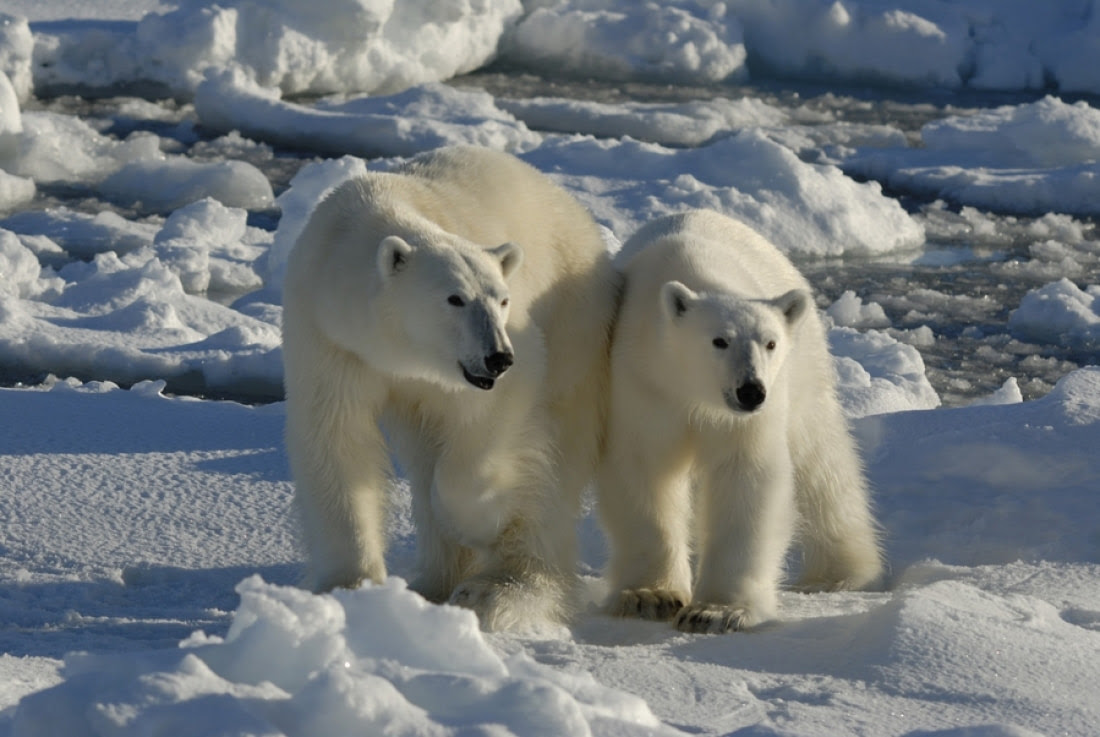
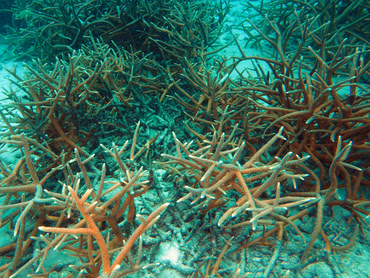
Comment here